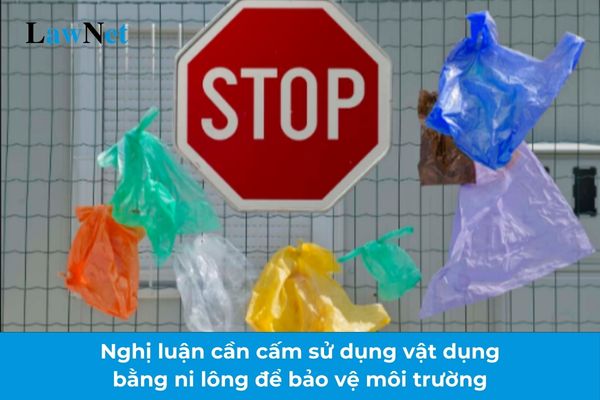Vietnam: What is the sample analysis of the satirical poem "Ông phỗng đá"? How many students at maximum does each class at the lower secondary level have?
What is the sample analysis of the satirical poem "Ông phỗng đá"?
"Ông phỗng đá" is a renowned satirical poem by Nguyen Khuyen that mocks the untalented and useless individuals who are nevertheless honored in society. Below is a sample analysis of Nguyen Khuyen's satirical poem "Ông phỗng đá" for students to reference:
|
Analysis of the Satirical Poem "Ông phỗng đá"
|
Note: The content is for reference only

What is the sample analysis of the satirical poem "Ông phỗng đá"? How many students at maximum does each class at the lower secondary level in Vietnam have? (Image from the Internet)
How many students at maximum does each class at the lower secondary level in Vietnam have?
Under Clause 3, Article 16 of the lower secondary school, upper secondary school and multi-level school charter issued with Circular 32/2020/TT-BGDDT, the number of students in each class is regulated as follows:
Classes
...
3. Chairpersons of provincial People’s Committees shall stipulate number of students in each class with the aim of reducing number of students in one class; ensure that each class at the lower secondary or upper secondary level has a maximum of 45 students.
...
Thus, each class at the lower secondary level in Vietnam has a maximum of 45 students.
What are the regulations on the curricula and education plans of secondary schools?
Under Article 17 of the lower secondary school, upper secondary school and multi-level school charter issued with Circular 32/2020/TT-BGDDT, the curricula and education plans of secondary schools in Viietnam are regulated as follows:
- Secondary schools shall adopt general education curricula promulgated by the Minister of Education and Training; and implement academic year plans in accordance with regulations of the Ministry of Education and Training and actual capacity of each locality and each school.
- Based on subject-centered curricula and educational activities of general education curricula, academic year plans and actual capacity of each locality and each school, secondary schools shall formulate their own education plans for adoption of general education curricula.
- Education plans for students with disabilities receiving inclusive education shall be flexible, suitable for each individual’s capacity and in compliance with regulations on inclusive education for persons with disabilities.










- What is the law on light reflection? What are details of the law on light reflection?
- What is the schedule of the AFF Cup 2024 (ASEAN Cup)? What are activities for physical education and sports in vocational education institutions in Vietnam?
- What is the schedule for the AFF Cup 2024 matches of the Vietnam National Team? Are students who are athletes in Vietnam eligible for a special exemption from high school graduation requirements?
- Vietnam: What are the guidelines for analysis of the poem "Tiến sĩ giấy"? What is the regulatory age of students entering lower secondary education?
- What is the location of Vietnam International Defense Exhibition 2024? Are students of all educational levels granted leave to visit the Vietnam International Defense Exhibition?
- What is the formula for calculating population density in Vietnam? What is the population density?
- Vietnam: What is the sample parent-teacher conference scenario at the end of the first semester of primary education? What are the regulations on the organization of parent committees?
- Vietnam: What is the sample outline for an essay on the analysis of the excerpt "The Last Leaf"? What are the assessment levels for learning results in the school year of 8th-grade students?
- What is the unit of power? When do students in Vietnam study the unit of power?
- What is the guidance for children to tell the story "Chuyện bốn mùa"? What is the age of students entering 2nd grade in Vietnam?

